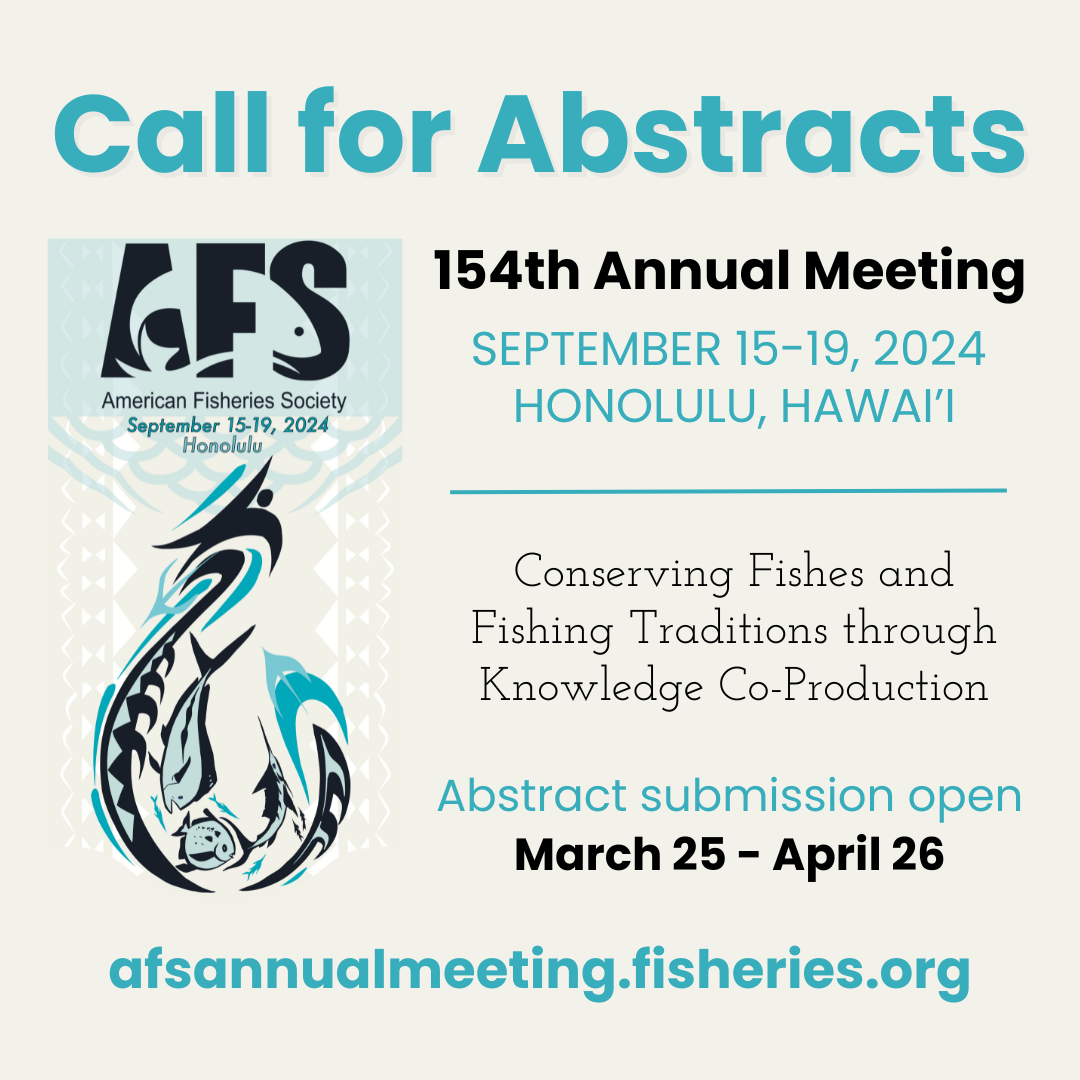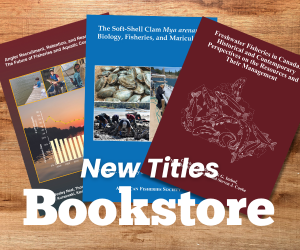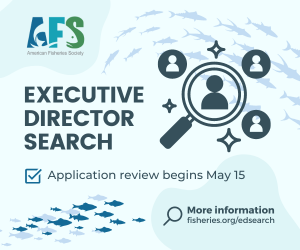Scott A. Bonar, AFS Second Vice President, E-mail: [email protected]
Jesse Trushenski, AFS First Vice President, Eagle Fish Health Laboratory, Idaho Department of Fish and Game, Eagle, ID
Regardless of nationality, political leanings, race, gender, age, or income level, everyone is alike in a few important ways. We want the lives of our children to be better than ours. We want clean air to breath and water to drink. We want adequate food, living space, and a good quality of life.
As scientists, we know that these fundamental needs cannot be met unless we care for our environment and live within its carrying capacity. Spend a couple of hours on Google Scholar and you will discover vast numbers of peer-reviewed articles about dozens of different societies that collapsed because they did not live within their environmental means. Conversely, almost no evidence suggests that practicing conservation leads societies to collapse—economically or otherwise.
That humankind must live within our ecological means seems to be a basic concept with which every man, woman, and child would agree. Yet, Gallup polls over the last few decades show that only 1% to 3% of the American public believe that environmental issues are among our most important. Uninformed or uncaring individuals have been able to portray environmental issues as “fringe concerns” or “luxuries,” when in reality they are fundamentally tied to the welfare of every human being on our planet.
Consider human-caused climate change, which has been painted as a partisan issue, when scientists know that it is just cold, hard physics. One could argue that the physics of human-caused climate change do not belong to any political party more than the boiling point of water belongs to the Kiwanis Club or the Schrödinger wave equations belong to Packers or Steelers fans. Furthermore, accepting climate science and working to prevent climate change do not mean that you support transgender bathrooms, 30+ ammunition clips for assault weapons, or any other value-laden issue. Rich or poor, liberal or conservative, each of us has an interest in educating the public about climate science, working to reduce the drivers of climate change, or advocating for funding for climate adaptation programs.
How do we get people to understand that environmental issues relate to their most basic well-being? How do we get them to prioritize science-based environmental issues when choosing and contacting their elected officials, supporting societal actions, and determining their own behavior? We cannot expect everyone to develop the same degree of scientific literacy as conservation professionals, but we can help the public understand basic scientific principles so that they better recognize how environmental quality affects their everyday lives. Good first steps would be to improve our communication skills and increase the number of scientists who share information with the general public. Much like family physicians had to incorporate “bedside manner” into their training, we fisheries professionals need to add public communication to our skill sets—to provide easily understood, rock-solid, scientifically based information—or risk ceding the debate to more effective communicators who may not prioritize best available science and long-term benefits to society.
To date, we scientists have been only marginally effective at communicating the urgency and relevance of environmental messages. Far too often we shy away from controversy, preach only to like-minded individuals, do not learn how to communicate with the public in a straightforward manner devoid of scientific jargon, or believe that public communication is simply “not our job.” We sometimes dismiss people who do not believe in environmental protection, man-made climate change, or science in general. Have we really listened to these people—about their needs, their wants, and their issues? Have we helped them identify how their wants are usually met in a society that uses the best environmental science to care for the surrounding environment, with an associated higher quality of life?
Now is one of the most exciting times to be a natural resource biologist. Our world is changing at a dizzying rate, and our profession is more important than ever before. The American Fisheries Society (AFS) can help you keep up with this fast rate of change. In upcoming months and years, look for AFS to increasingly provide you with mechanisms to get involved and communicate and prioritizeyour science to others, emphasizing its importance to humankind so that it will be appropriately considered in decisions. A new AFS Science Communication Section has been established and will allow members to share methods to best communicate with others. Talented communication and policy staff are available at AFS headquarters and will be providing opportunities for you to learn how you can best communicate the urgency and relevance of your information to maximize its use in decision making. Journals are being re-visioned to better communicate your science. The entire AFS officer corps has placed communication and education, in its various forms, at the forefront of their platforms, which will roll out in upcoming years. We are all here to help you and our fellow fisheries professionals!
Look for increasing opportunities to learn and engage in scientific communication and participate in one of the most important endeavors that our world needs. Ask yourself, “If not me, then who?” It is now up to you to place a priority on communication of your science and its importance. It is up to you to communicate to your families, the public, other professionals, and politicians— from county supervisors to national leaders why science and the environment should be prioritized. AFS looks forward to working with you so you can better serve your scientific community, your family, and your friends in arguably one of the most important endeavors in which you can participate—effective communication of the importance of your science and environmental conservation to everyone.
Members click below for the August 2017 Fisheries magazine’s complete issue. Non-members, join here.
This content is for members only. Please login.





